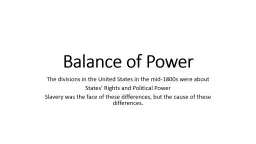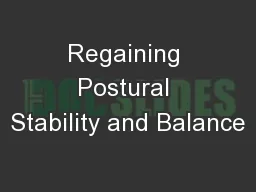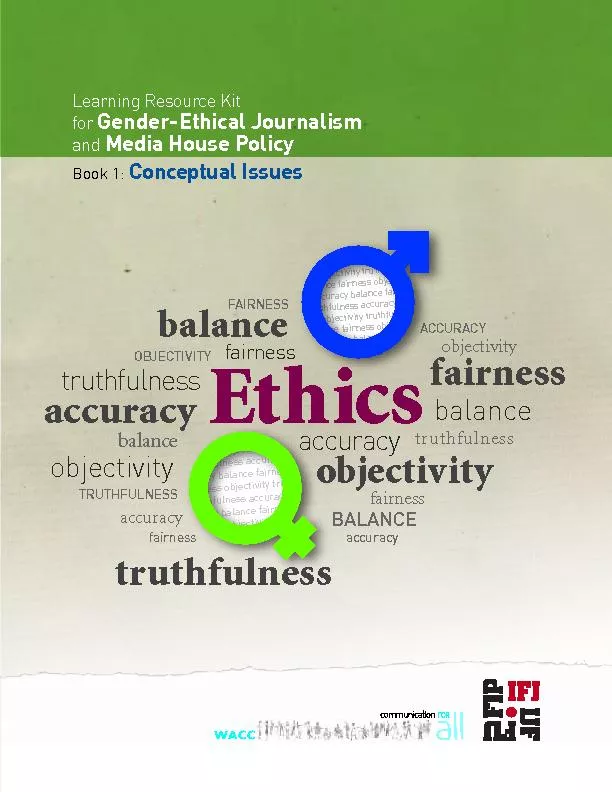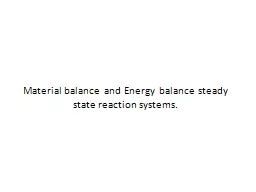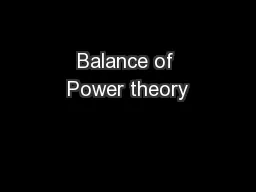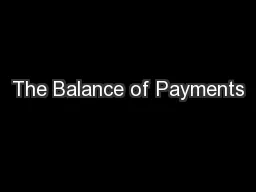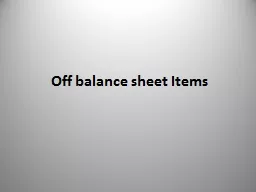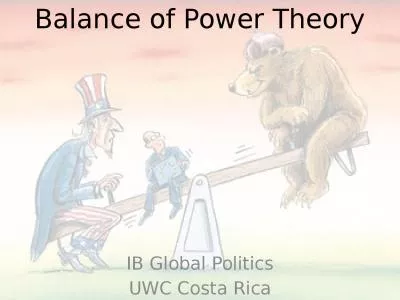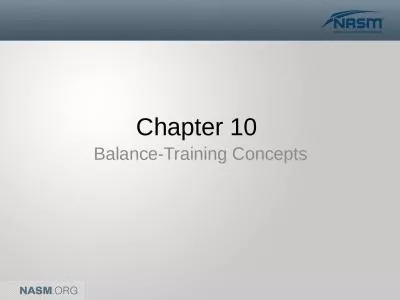PPT-Balance of Power
Author : pamella-moone | Published Date : 2015-10-24
The divisions in the United States in the mid1800s were about States Rights and Political Power Slavery was the face of these differences but NOT the cause of
Presentation Embed Code
Download Presentation
Download Presentation The PPT/PDF document "Balance of Power" is the property of its rightful owner. Permission is granted to download and print the materials on this website for personal, non-commercial use only, and to display it on your personal computer provided you do not modify the materials and that you retain all copyright notices contained in the materials. By downloading content from our website, you accept the terms of this agreement.
Balance of Power: Transcript
Download Rules Of Document
"Balance of Power"The content belongs to its owner. You may download and print it for personal use, without modification, and keep all copyright notices. By downloading, you agree to these terms.
Related Documents

